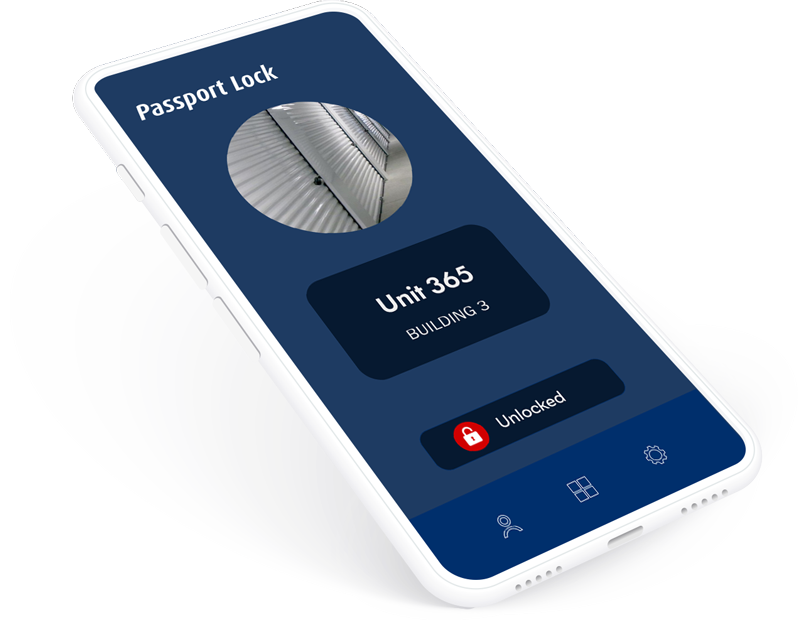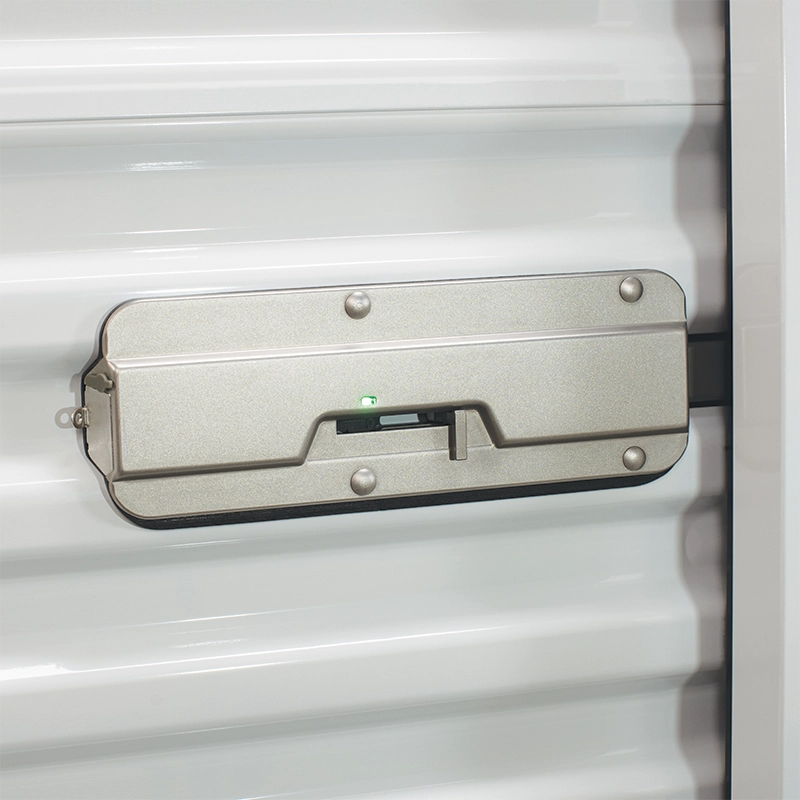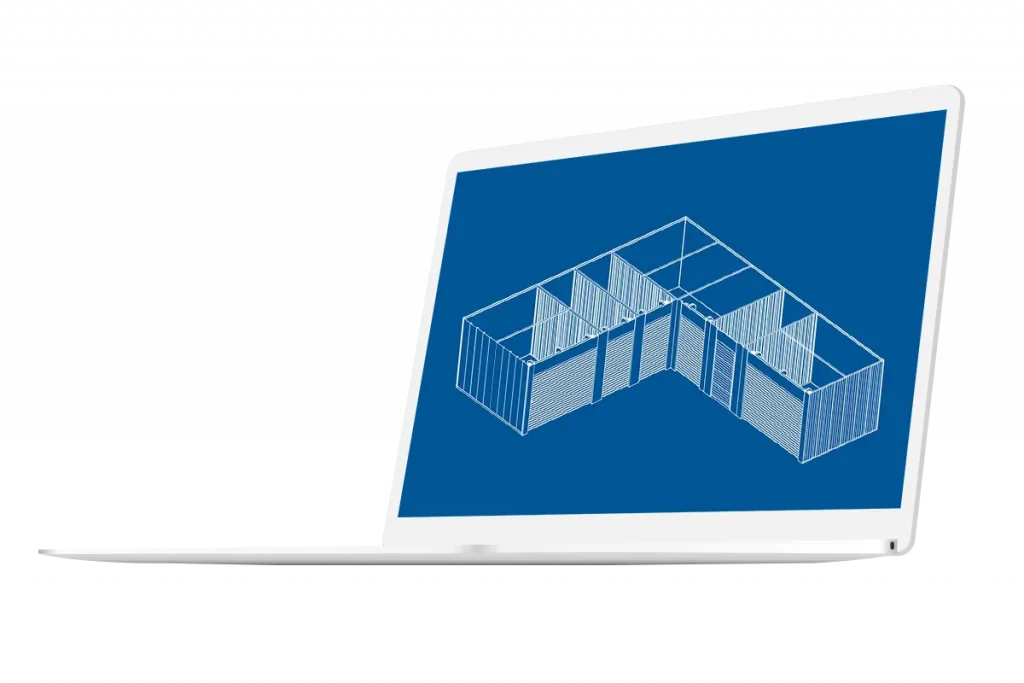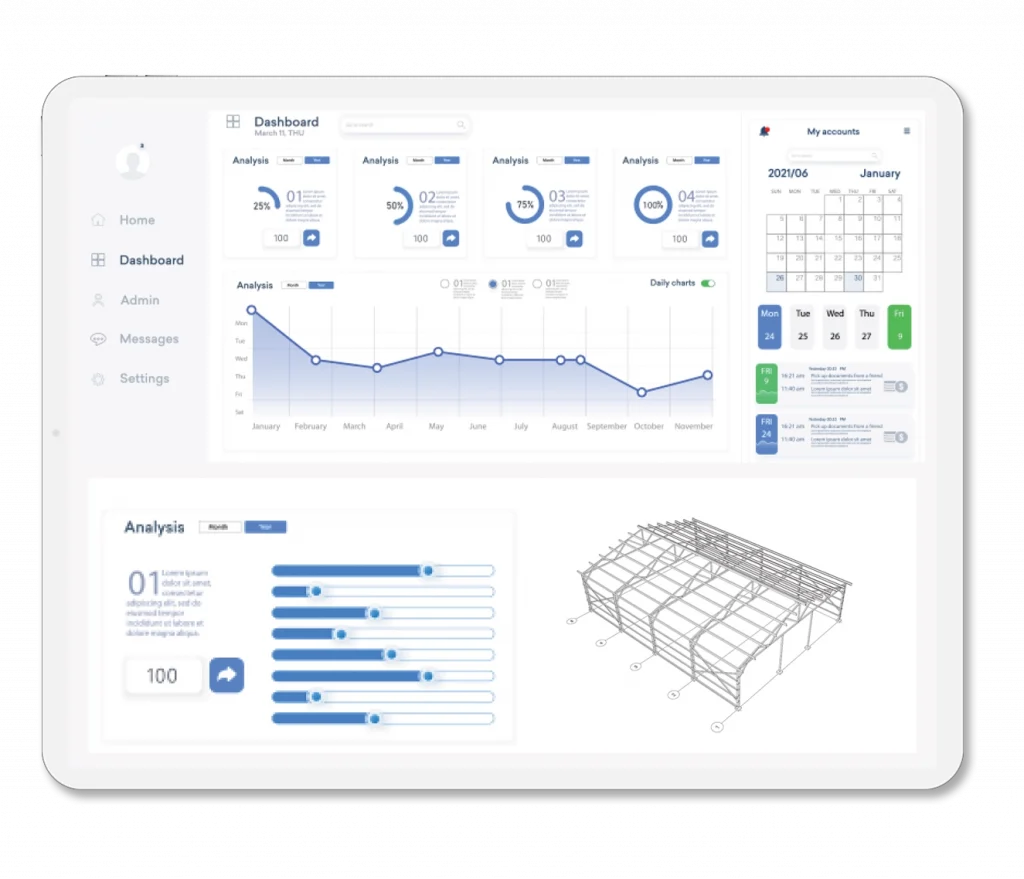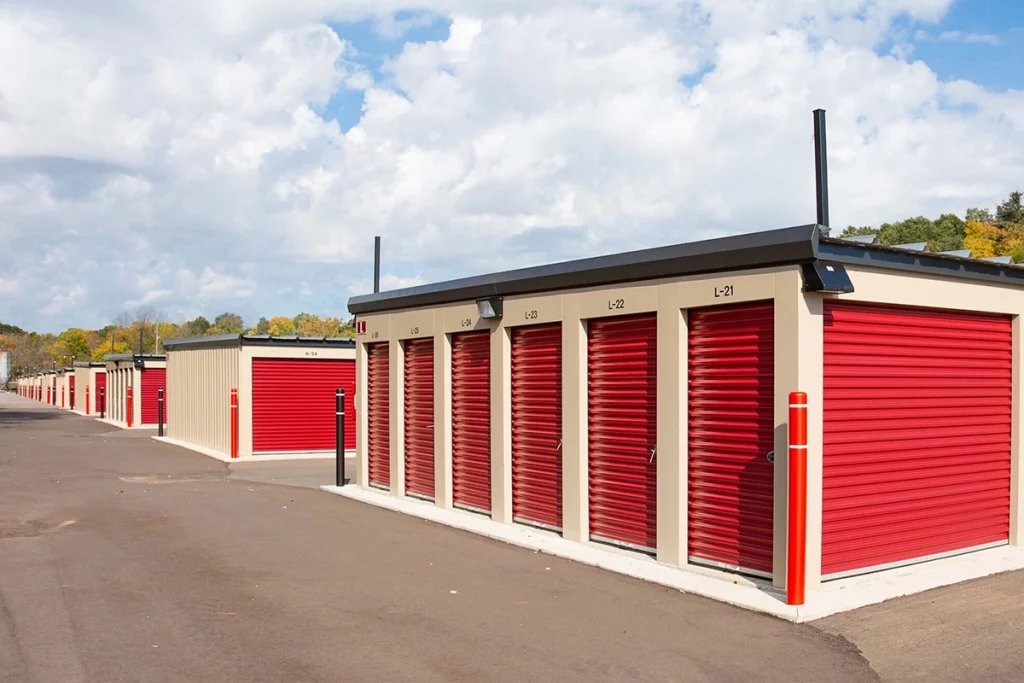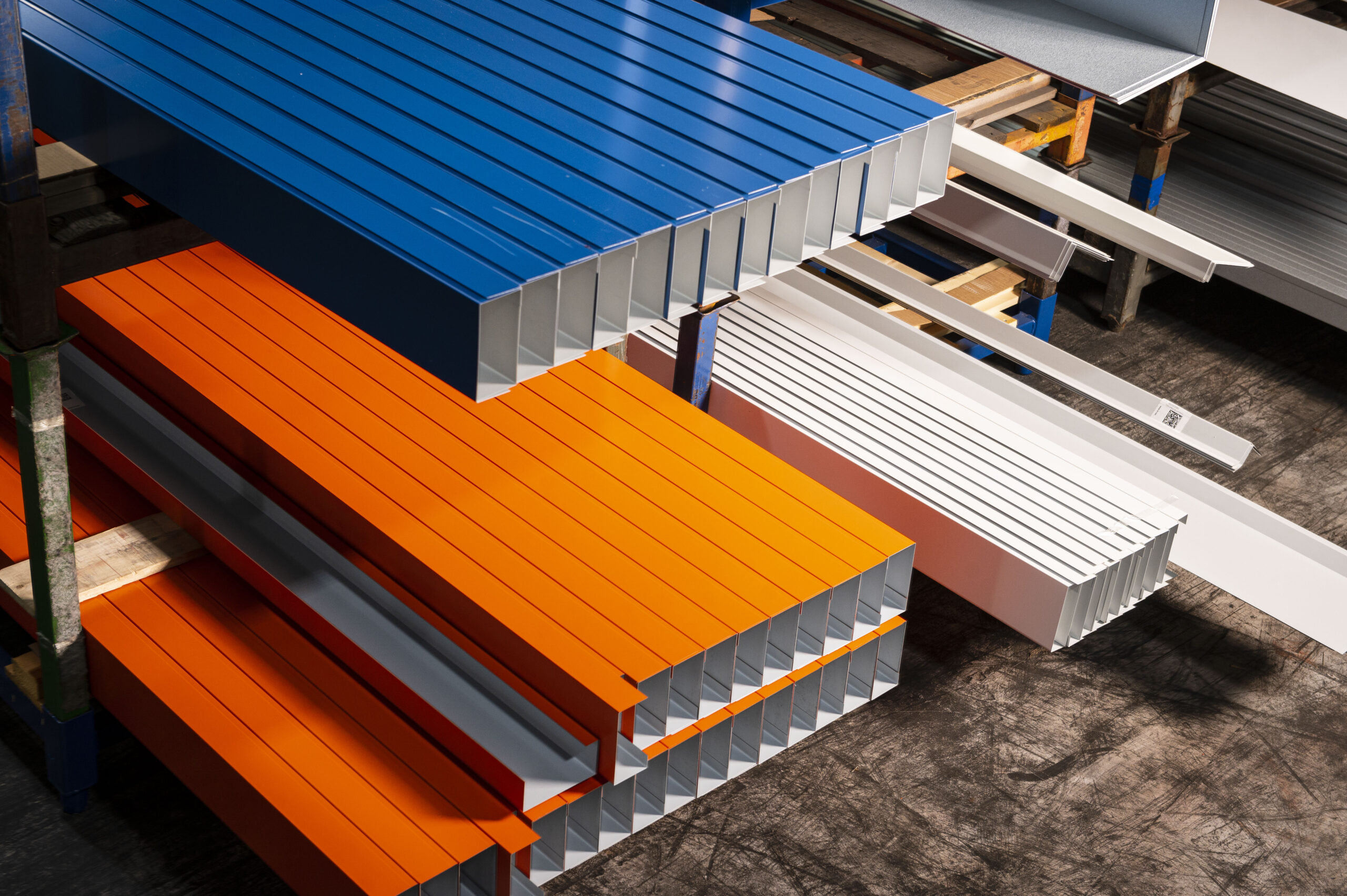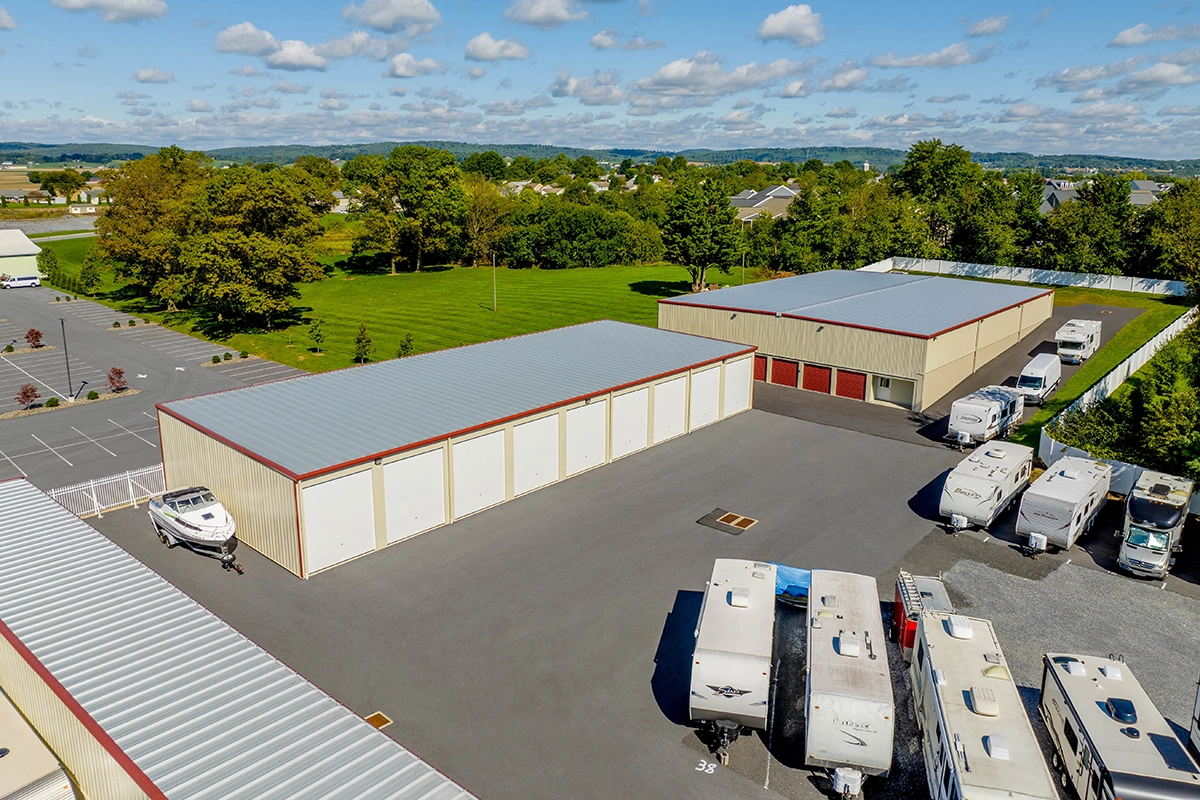Construction in the self-storage industry mirrors the general housing industry – it has periods of stagnation and booms. Right now, we’re in the middle of perhaps the biggest boom that the industry has ever seen. Funding is dangerously easy to come by, and large developers are building projects on a scale that until recently was extremely unusual.
Take, for example, this article about three new facilities under construction in Plano, TX; each between 750 to 950 units.
Deciding what size facility is both an art and a science. If building a small facility, it will break even more quickly than a large one but will have limited income. Building multiple small phases is more work and may cost a little more per square foot, but it’s a reliable method to avoid overbuilding.
The benefits of building a large facility, or building an entire site at once is that you don’t need to go through the permit process repeatedly, and you avoid the mess of repeated construction phases. Additionally, a half filled monster site tends to ward of competition for a while.
The positive press that the self-storage industry has seen in the past decade has attracted some developers with deep pockets, access to cheap capital, a much larger tolerance for a start up loss than the typical independent operator would have. The result is that 100,000 sq. ft., 1000 unit facilities are popping up all over the country. These larger sites can decimate a local market while they rent up, as operators fight for customers with depressed rental rates and move in specials.
This does not mean that the smaller operator can’t compete, but it does mean that researching a market before building is more important than ever. Especially in mid size to larger markets, contact city building officials to learn about possible projects that are in the permitting or approval phase. If you are building, once you have locked in the land put out press releases and “coming soon” signs as to ward off other potential developments in your market. Be prepared for big operators – consumers are demanding greater amenities than in the past. If you are operating a facility with no gates, no cameras, no office, no pavement, and no credit card processing; you may not fare well against a new facility. And lastly, consider hiring a professional feasibility consultant before locking into a project. A small investment in research could prevent a major misstep.
